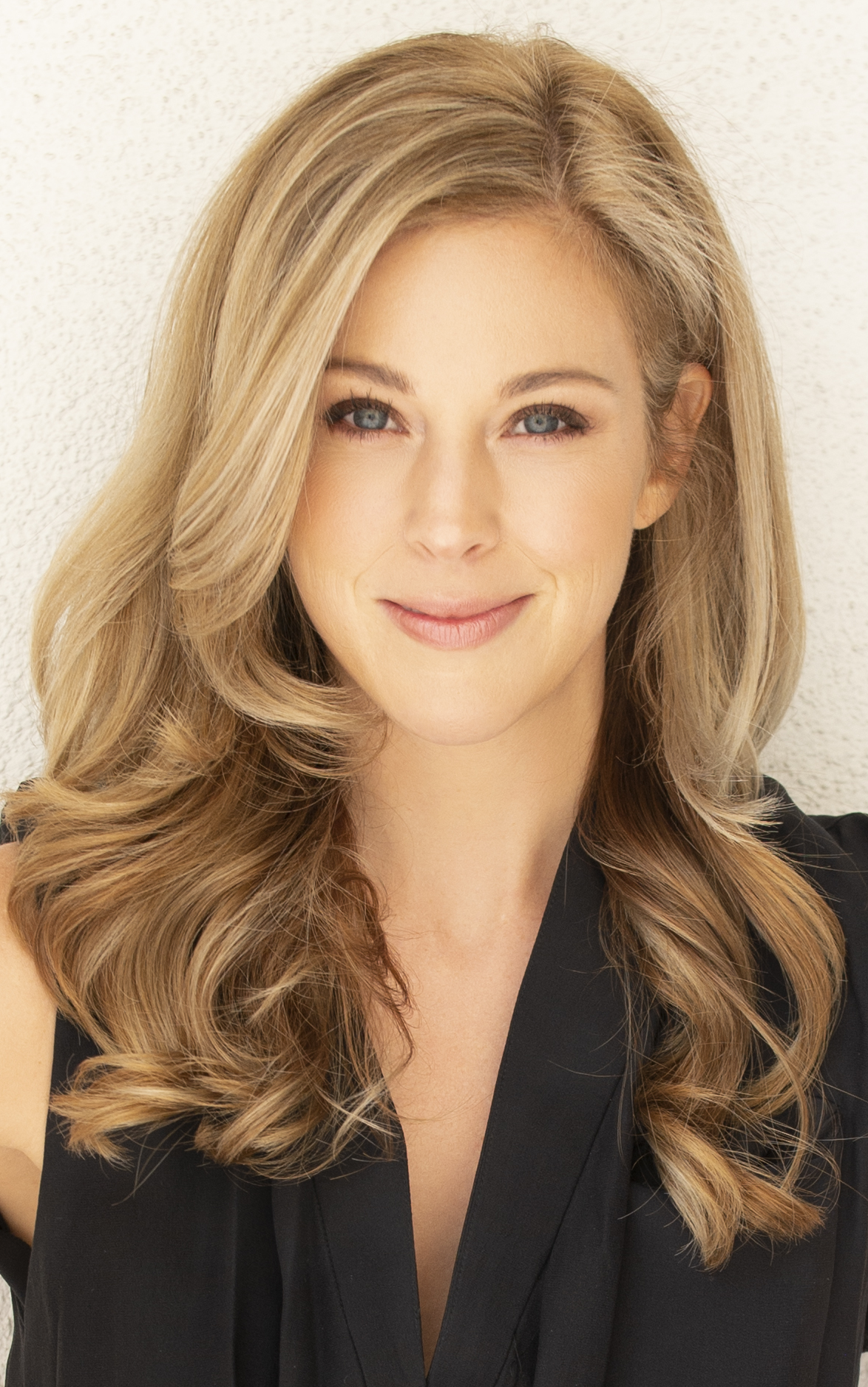From Claude Monet’s “Water Lilies” to Henry David Thoreau’s Walden, nature has long been the muse of creative artists, writers and designers.
For Italian designer Sapia Simone, nature has been a fertile playground for creativity and possibility — and the inspiration for her first collection. A few years ago, Sapia was living in Dubai and knew there was space in the market for playful, sophisticated swimwear. During a transformative trip to Zanzibar, she was struck by the colors, shapes, light, food and people, and she wanted to create a line that reflected this energy and vibrance. By the time she returned to Dubai, Sapia had concepted her first collection.
The eponymous Sapia Simone line launched in 2015, but its mission was bigger than just effortless swimwear. The fashion industry contributes up to 10% of the world’s greenhouse gas emissions, according to the Environmental Protection Agency (EPA), and 85% of those textiles in the US alone end up in landfills or incinerated. Sapia’s line relies on recycled materials and doesn’t use plastic packaging, keepings oceans clean, reducing carbon emissions and setting new standards for sustainability within the fashion industry.
I had the pleasure of speaking with Sapia on how to build a brand where creativity and sustainability merge for better business. According to Sapia, the secret is simple: prioritizing principles over products.

Doane: Sustainability is at the heart of Sapia Simone. Why was it so important to you to build a fashion brand around sustainability? How does this focus guide your business practices? Your internal culture?
Sapia Simone: We know that fashion is one of the major causes of pollution on earth. It just made sense to me to create a sustainable and eco-friendly brand for the environment. That’s why 90% of our collection is made of recycled fibers, such as carvico, and repreve, which is made mainly of regenerated plastic bottles. I think it’s a great way to create fashion while cleaning up the ocean.
Why is sustainability so crucial in fashion, and how can business owners implement more sustainable practices (even if sustainability isn’t a core part of their mission.)
Any brand can start working with new sustainable materials available on the market.
But packaging also plays an important role. For example, we have decided to not use any plastic packaging for the swimwear, and we only use compostable mailing bags for our online orders.
Tell us more about your latest collection. Where do you find your inspiration?
Our latest collection is a little bit louder and fun compared to the previous ones. After these dark two years we’ve left behind, I wanted to create a “reborn” collection, where nature is the main theme.
What advice do you have for others trying to start sustainable businesses? Any insights into overcoming common challenges?
It’s just a matter of making that switch at home, in your daily life and in business. Use recycled materials, produce less waste and utilize ethical process methods.
What is the intersection of wellness, sustainability and being a successful business owner?
Prioritize principles over products.
What does wellness mean to you?
To me, wellness means self care, which can start with being a mindful consumer. Choosing sustainable merchandise and products is both better for you, and they’ll be more long-lasting. Wellness can only exist if we live on a clean and safe planet.
What are your biggest tips for those trying to make wellness a sustainable practice in their busy lives?
Always include greens in your diet, stay hydrated, move as much as possible, help others and shop mindfully by supporting small businesses.
Feature image credit: Mariya Wai


